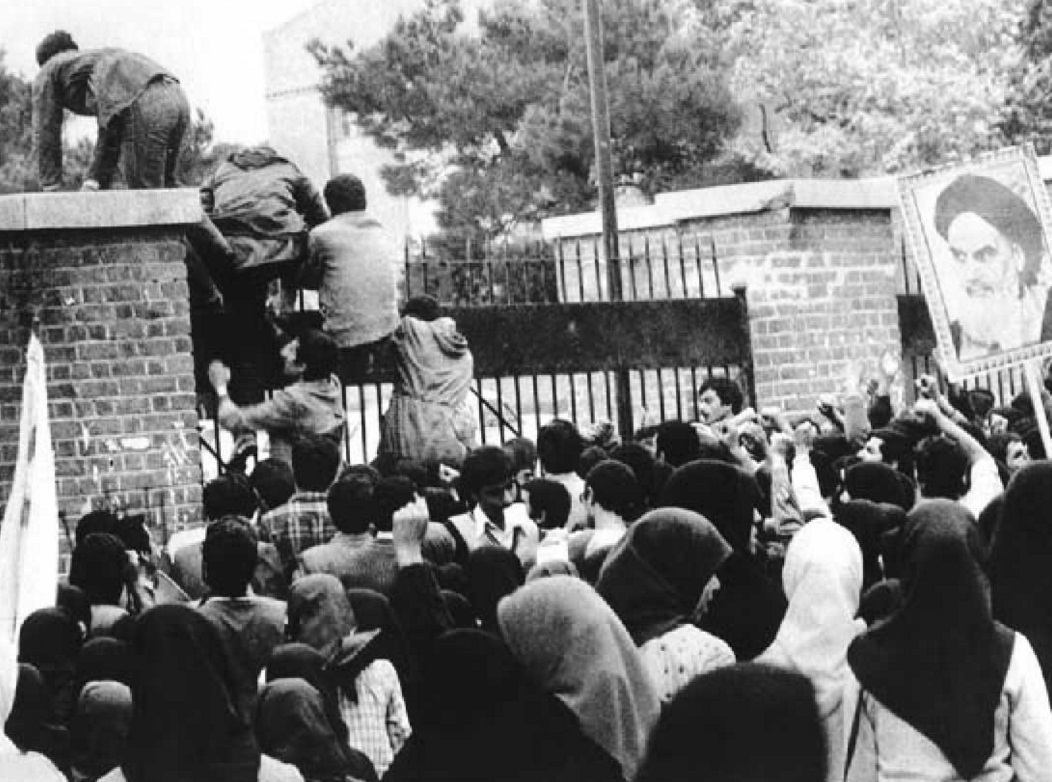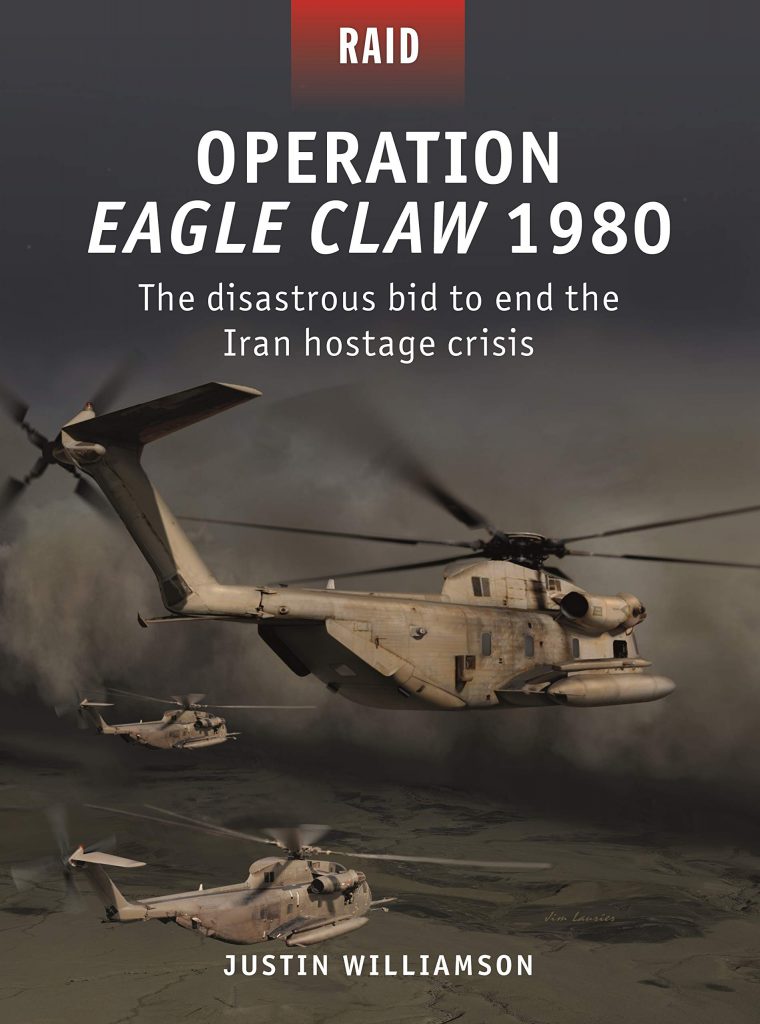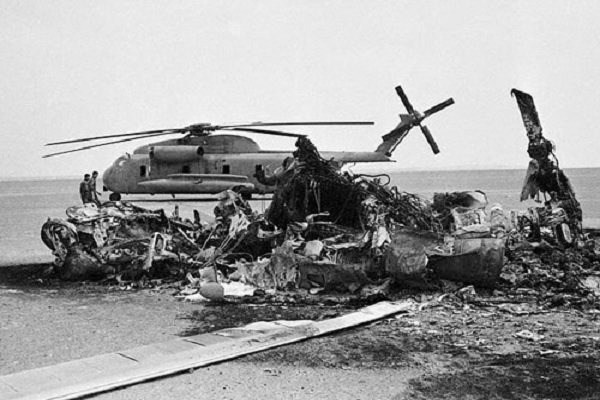With the recent hype and hysteria over a possible war with Iran, the publication of this new book in Osprey Publishing’s RAID series is a pertinent reminder of another time that the US seemed to be on the verge of war with Iran.
After Shah Pahlavi was overthrown in February 1979, he was admitted to the U.S. for cancer treatment. The new Iranian Islamist regime demanded his return in order to stand trial for crimes that he was accused of committing during his reign. Iran’s demands were rejected by the United States, and Iran saw the decision to grant him asylum as American complicity in those atrocities. In retaliation, fifty-two American diplomats and citizens were taken hostage on 4 November 1979 in the US Embassy compound in Tehran by a group of radical college students belonging to an organization called the Muslim Student Followers of the Imam’s Line.

Following months of negotiations after the seizure of the US Embassy in Tehran, President Jimmy Carter ordered the newly formed Delta Force to conduct a raid into Iran to free the 52 American hostages still being held in the Embassy.
This new title from Osprey Publishing tells the full story of that operation, supported by maps, photographs, and specially-commissioned bird’s-eye-views and battle scenes which reveal the complexity and scale of the proposed rescue, and the disaster which followed.

The raid, Operation Eagle Claw, was risky to say the least. US forces would have to fly into the deserts of Iran on C-130s; marry up with carrier-based RH-53D helicopters; fly to hide sites near Tehran; approach the Embassy via trucks; seize the Embassy and rescue the hostages; board the helicopters descending on Tehran; fly to an airbase captured by more US forces; and then fly out on C-141s and to freedom.
Unfortunately, and unsurprisingly given the complexity of the mission, things went wrong from the start and when the mission was called off at the refueling site at Desert One, the resulting collision between aircraft killed eight US personnel. The embassy hostages were also subsequently scattered across Iran to make a second rescue attempt impossible.

In September 1980 the Iraqi military invaded Iran, beginning the Iran–Iraq War. These events led the Iranian government to enter negotiations with the U.S., with Algeria acting as a mediator. Political analysts cited the standoff as a major factor in the continuing downfall of Carter’s presidency and his landslide loss in the 1980 presidential election. After being held captive for 444 days, the American hostages were formally released into United States custody on January 20, 1981 – the day after the signing of the Algiers Accords – and just minutes after American President Ronald Reagan was sworn into office.
Further reading: In an article on the Osprey Publishing Blog, Justin Williamson examines the condition of Iranian forces facing the US at the time of the hostage rescue attempt.
